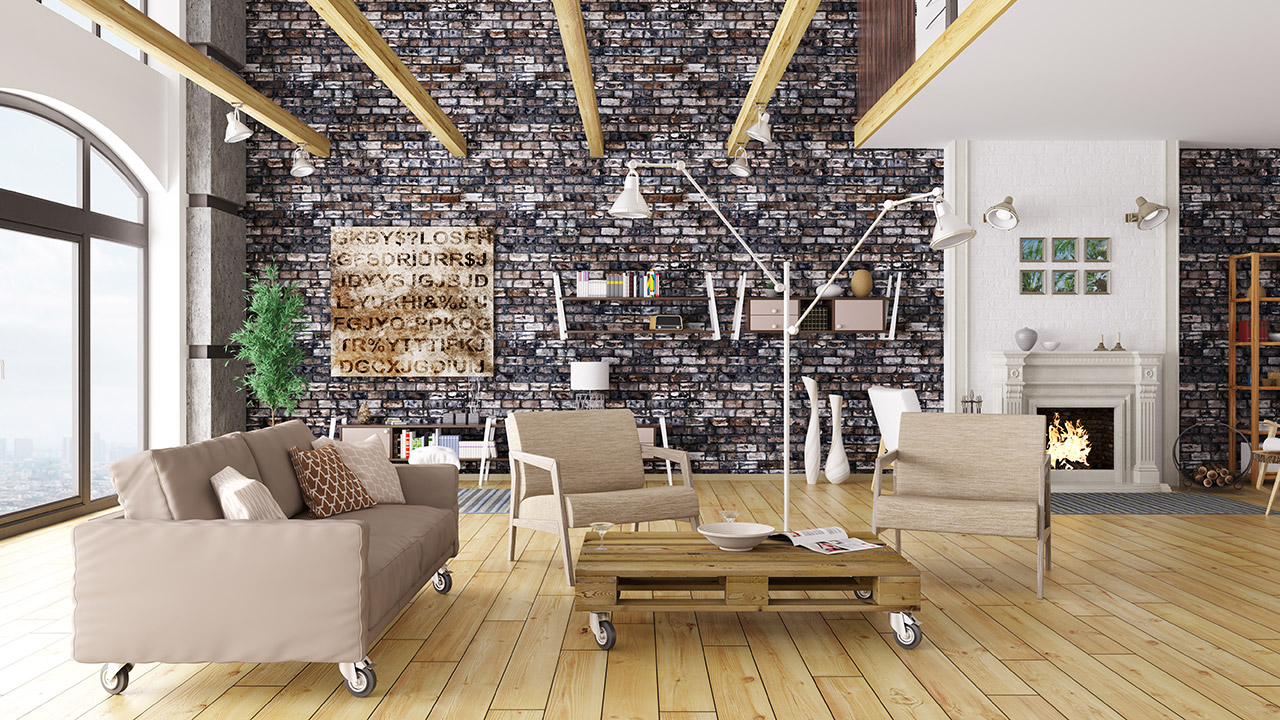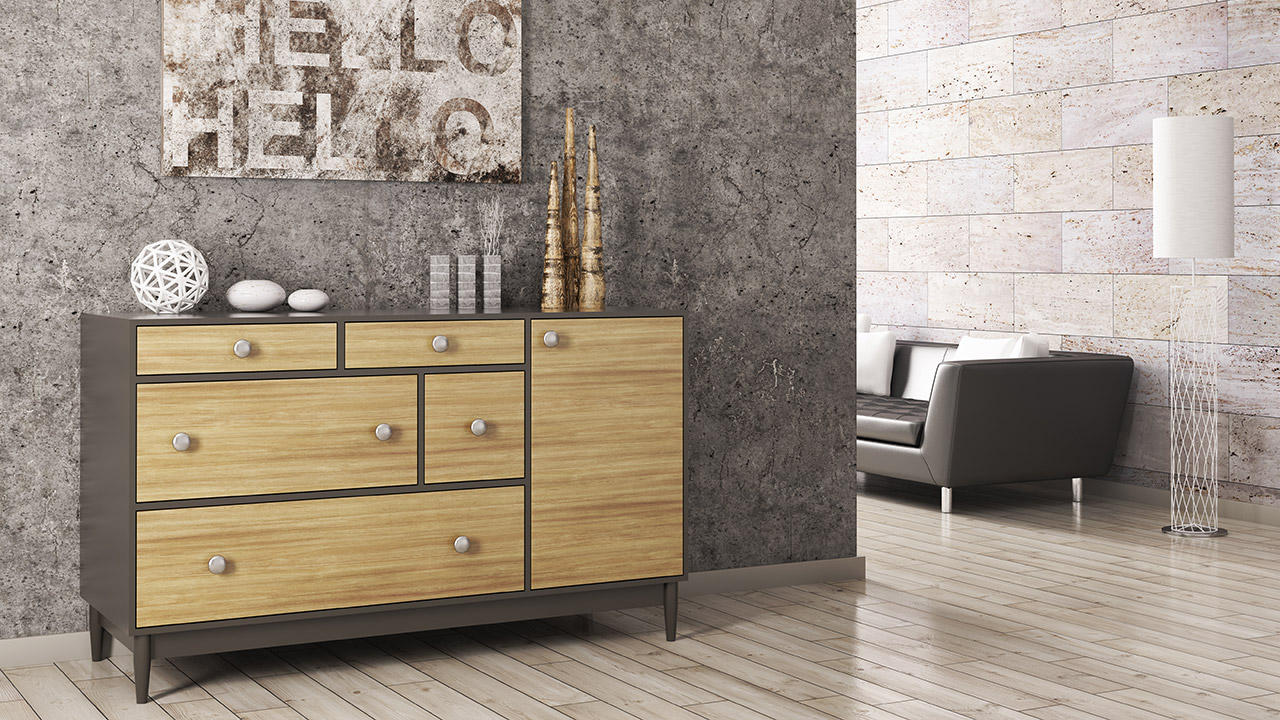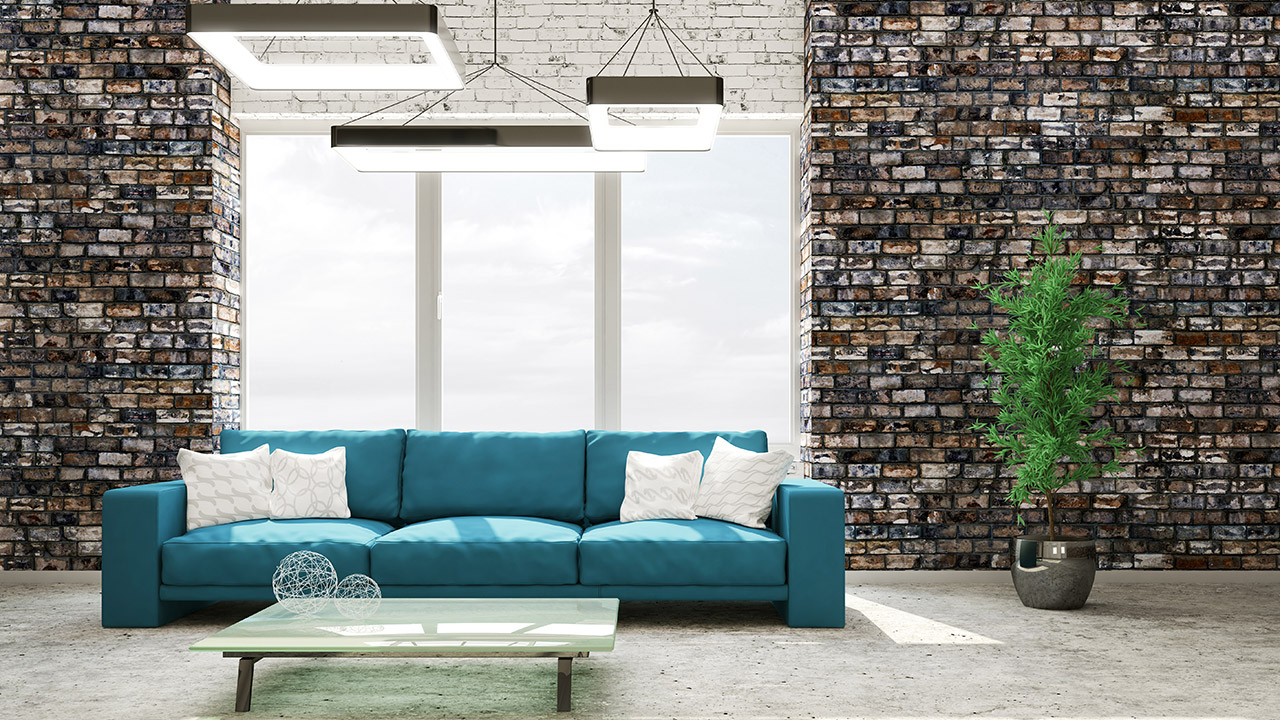Without a focal point in a room, there’s no visual starting point for optimal flow. Highlighting a striking feature will help set the mood for a space, and will give something for the eyes to rest on as soon as you enter the room. Establishing a focal point is a key component to smart interior design, and when done right, it will balance the design and won’t necessarily make all other aspects of the room go unnoticed.
Here are 5 focal points to consider when creating an inviting and interesting space in your home.

1. Architectural Elements
A central piece can provide you with a simple point to focus your decor around. A common architectural element that is typically used is a fireplace, which helps draw the eye towards it. An element such as this can help you determine how to position your furniture, and select the right colors in the rest of the room that pick up on those that are incorporated with your focal point.
It’s important to ensure that the size of the architectural element is scaled appropriately with the size of the room. If it’s too large, it’ll end up looking awkward and even uncomfortable. On the other hand, if it’s too small, the surrounding furniture pieces will end up taking the attention away from your main feature, and will themselves become the focal point.
2. Artwork
Any type of artwork – be it a large canvas painting or an oversized metal sculpture – can easily become the piece that sets the tone and design of the rest of the space. When positioned properly, artwork can generate an immediate focal point that brings out the best in all other points of the room. Whether you position the piece between two windows, in the middle of a bare wall, or even in the center of the room, artwork is an effective piece that can create the perfect focal point.
It’s important to consider the size and color palette of your artwork. The size of a painting should be in appropriate scale for the room you’re showcasing it in, and its stand-out tones should draw the eye in without clashing with the rest of the room’s decor.

3. Texture
Materials with some bold texture are ideal for a focal point. They naturally attract visual attention, especially against other elements that lack texture. An exposed brick wall, wood paneling, corrugated tile, and other heavily-textural materials can be used to create an attractive focal point.
An area of texture works especially well with a monochromatic color scheme, offering your space visual interest, depth, and character. For a warm environment, infuse soft, raised textures. For a cooler feel, add shiny, smooth objects to your space.
4. Bold Color
In much the same way that textured materials naturally draw in the eye, so do bold colors. People are instinctively drawn to the brightest or deepest hues in a room, which makes them perfect choices to create a focal point.
To use a vibrant color as the focus, make sure that the overall color scheme of the room is neutral. Soft gray, subtle brown, and cool steel blue are great examples, and should be used on the walls, area rugs, and furniture. A bold splash of color, such as magenta or turquoise, can then be added to your focal point, regardless of what the element is. You can then use that same bold color in smaller accent pieces, like throw pillows or figurines, to tie it into the rest of the room.

5. Interesting Furniture
Large furniture pieces, such as an armoire, bookshelf or a piano, can easily act as focal points in your room because of their sheer size. But because of their magnitude, pieces like these will require careful strategizing in order to make sure they fit well within your functional design theme.
Accessorize these pieces to highlight them, such as adding a collection of colorful dishes, or a large vase filled with florals that pick up other colors in the room.
If there is no obvious element in a room to attract the eye, it can make a room feel confusing. By skillfully adding a visually appealing focal point, you can dictate the flow and set the right tone for your space.